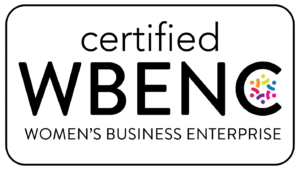Unconscious bias, also known as implicit bias, essentially is subconscious prejudices based on stereotypes or attitudes developed through upbringing, environment, and experiences. Several types of unconscious bias exist in the workplace and in society such as affinity bias, beauty bias, racial bias, and gender bias.
A common prejudice, affinity bias, causes a person to closely identify with others who possess attributes similar to themselves. For example, perhaps you have developed a friendship with a colleague who graduated from the same college as you. Because of this relationship, they are the only person you consider to head up a new project instead of contemplating the qualifications of other candidates who may have equal qualifications. This is a sign of what could be considered affinity bias.
Beauty bias is when you subconsciously form certain beliefs or attitudes about people based on their physical attractiveness. Let’s say a coworker:
- Doesn’t have the “right color hair” or hairstyle
- Doesn’t wear “the right makeup”
- Doesn’t wear the “right designer clothing labels”
- Wears casual attire everyday
- Has a “different type of smile”
- Doesn’t get professional manicures “on a regular basis”
In the instances listed above, subconsciously, one may think the coworker is unqualified to lead an important project because the results of their work might be unprofessional, unrefined, incomplete, and delayed.
Unconscious bias can lead to micro-aggressions in the workplace and mutate into harassment and/or racism. It occurs during the hiring process as well as promotion reviews. That said, employers can actively work to eliminate implicit bias.
Educating employees on the topic is an excellent start. According to the Harvard Business Review, employee training should include the following practices:
- Empower employees to change. Provide employees with tools/best practices to reframe their thinking in order to break stereotypes.
- Create empathy by providing opportunities to see and respect different perspectives.
- Encourage diverse interaction by nurturing curiosity in team projects.
Training should be accompanied by policies, procedures, and a corporate philosophy that talk about its harmful effects on clients, employees, vendors, visitors, and the company as a whole.
Let us know your thoughts on reducing implicit bias in the workplace in the comments below.
Go out there and make it a great day!








